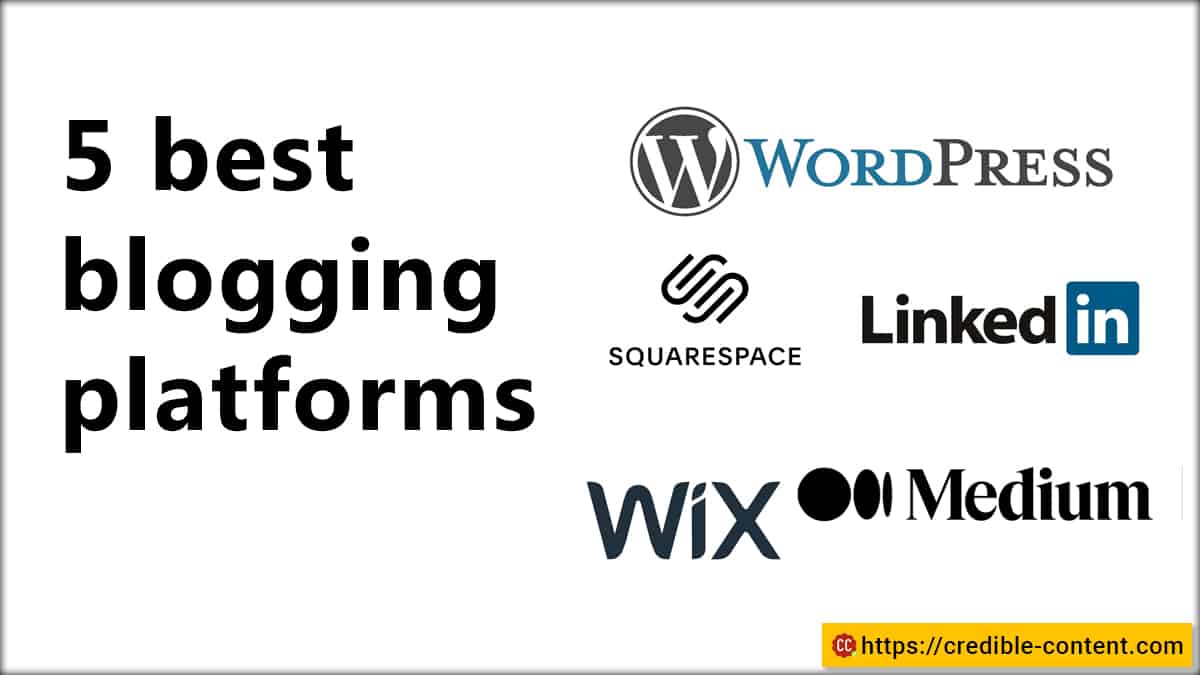The History of Blogging: How Blogs Evolved From 1994 to 2024?
When you buy something through one of the links on our site, we may earn an affiliate commission. Want to learn more about the history of blogging? Thanks to popular blogging platforms like WordPress and Medium, blogs have become a part of our daily online lives. In fact, in some cases, blogs have evolved to replace traditional media, and they've certainly become integral to many businesses' content marketing strategies.
The Early Days of Blogging - 1994
The history of blogging begins not long after the World Wide Web was brought into the public domain in April 1993. While the exact origins of blogging are difficult to pinpoint, Justin Hall is often credited with creating one of the first blogs on his personal website, links.net, in January 1994.
The Rise of Blogging Platforms - Late 1990s
In October 1998, Open Diary became the first blogging platform, allowing users to publish their online diaries. This marked a significant milestone in the history of blogging, paving the way for platforms like Live Journal and Blogger to launch in the following years.
The Blogging Boom - Early 2000s
By the early 2000s, blogging had gained momentum, with the emergence of new platforms, blog SEO, monetization strategies, and live blogging. Figures like Heather Armstrong, known for founding dooce.com in 2001, played a pivotal role in popularizing blogging as a form of personal expression and communication.
The Evolution of Blogging - 2003 and Beyond
The year 2003 marked a turning point in blogging history, with the introduction of key developments like blog advertising, the launch of blogging platforms such as WordPress and TypePad, and the rise of live blogging. Google's acquisition of Blogger.com and the launch of AdSense further contributed to the growth of the blogging ecosystem.

The Age of Video Blogging - 2005
Video blogging, or "vlogging," emerged as a new trend in blogging with the launch of YouTube in 2005. This platform revolutionized the way users could share video content online, laying the foundation for social media blogging and the broader digital landscape we see today.
Throughout the 2000s, blogging continued to evolve, shaping online communication and media consumption. Traditional media outlets embraced blogging, while social media platforms like YouTube provided new avenues for content creators to engage with audiences.
As blogging entered mainstream media and gained credibility, bloggers found new opportunities to impact public discourse and participate in journalistic practices. The landscape of blogging continues to evolve, reflecting the dynamic nature of online communication and community engagement.





















